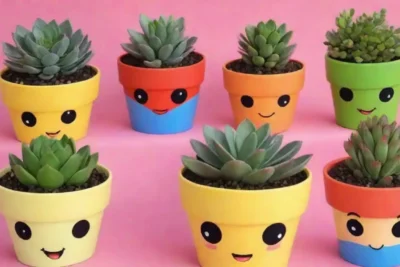
Integrating Succulents into Mixed Material Container Designs
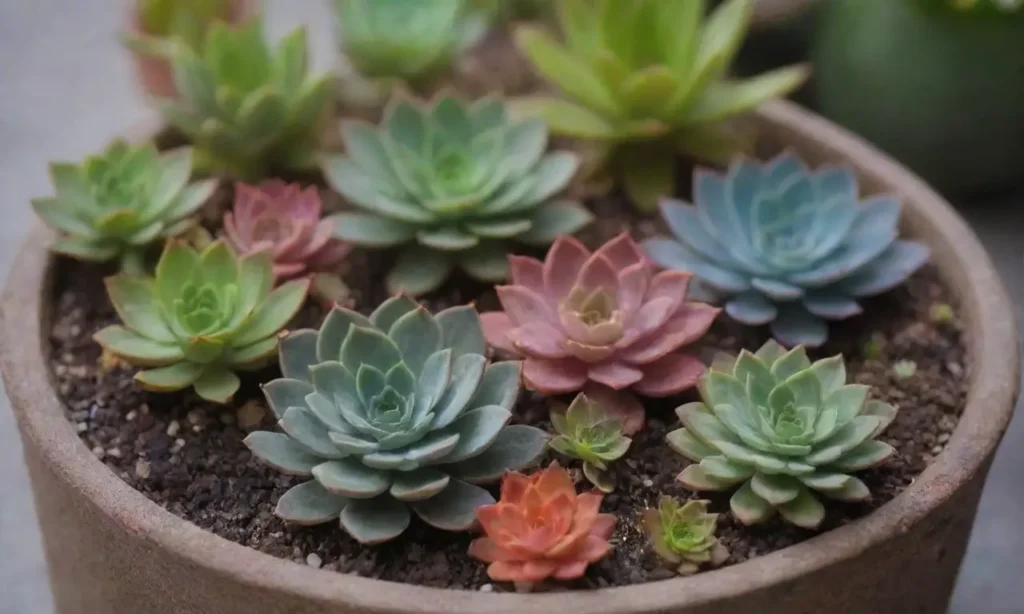
Introduction
The world of container gardening has evolved significantly, presenting a myriad of options for plant enthusiasts to express their creativity. Among the various plants that have gained immense popularity in recent years, succulents stand out due to their unique shapes, colors, and low maintenance requirements. These hardy plants prefer well-drained soil and can thrive in a variety of environments, making them ideal candidates for mixed material container designs. In this article, we'll explore how to effectively integrate succulents into your landscape using different materials to create visually appealing, sustainable, and functional container arrangements.
The integration of succulents into designed containers not only enhances the visual appeal of outdoor and indoor spaces but also promotes a sustainable approach to gardening. This article will guide you through the principles of mixed material container designs, the benefits of using succulents, and practical tips for curating stunning arrangements. We aim to boost your confidence in creating beautiful, textured compositions that reflect your individual style.
Understanding Mixed Material Container Designs
When we talk about mixed material container designs, we are referring to the practice of combining various elements such as ceramics, metals, wood, concrete, and even recycled materials to create visually striking gardening containers. Choosing the right materials is crucial as they can influence the aesthetic, functionality, and durability of the container.
One of the primary benefits of using mixed materials is the contrast they offer. For example, a rugged concrete planter might be paired with delicate ceramic accents, or a rustic wooden container could host sleek, modern metal accents. This juxtaposition not only adds depth to your garden compositions but can also enhance the growth environments for your plants. Well-coordinated mixed materials work together harmoniously to create visual intrigue, fostering an outdoor space that feels curated and intentional.
In addition to decorative purposes, mixed material containers can help create a suitable environment for succulents. Succulents need proper drainage and aeration, and utilizing a variety of materials can aid in achieving that balance. For instance, lining a terracotta pot (which is naturally porous) with a metal base can help control moisture levels and prevent rot, while also providing a stylish outdoor display. The combination of textures, colors, and shapes makes for an engaging visual experience that reflects both the diverse beauty of nature and the creativity of the gardener.
Benefits of Using Succulents in Container Designs
Integrating succulents into your mixed material designs offers numerous benefits beyond their aesthetic appeal. One of the most significant advantages is their low maintenance nature. Succulents are drought-tolerant and require minimal watering compared to other plants. This characteristic makes them perfect candidates for busy individuals or those new to gardening. By incorporating them into your container designs, you can enjoy lush arrangements with minimal effort.
Moreover, succulents come in a vast range of varieties, from Echeveria to Aloe, each offering unique shapes and colors. This extensive diversity allows gardeners to play with combinations that suit their preferences and the theme of their environments. If a gardener desires a vibrant pop of color, Echeveria varieties such as 'Rainbow' and 'Afterglow' can provide shades of pink, purple, and green that delight the senses. Conversely, more subtle hues can be achieved with varieties like Haworthia or Jade plants. Mixing different kinds of succulents can create layered textures that add depth and interest to your garden.
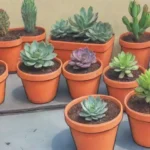 Prolonging the Life of Succulent Containers: Maintenance Tips
Prolonging the Life of Succulent Containers: Maintenance TipsSucculents also possess the ability to thrive in a variety of lighting conditions. While they generally prefer bright, indirect light, many varieties can adapt to lower light settings, making them versatile for indoor placements. This flexibility allows for layers of plant composition to be curated within the same environment, whether it’s enhancing a shaded patio corner or brightening up a sun-drenched windowsill. With careful selection, succulents can create beautiful arrangements that are easy to manage and maintain throughout the seasons.
Practical Tips for Curation
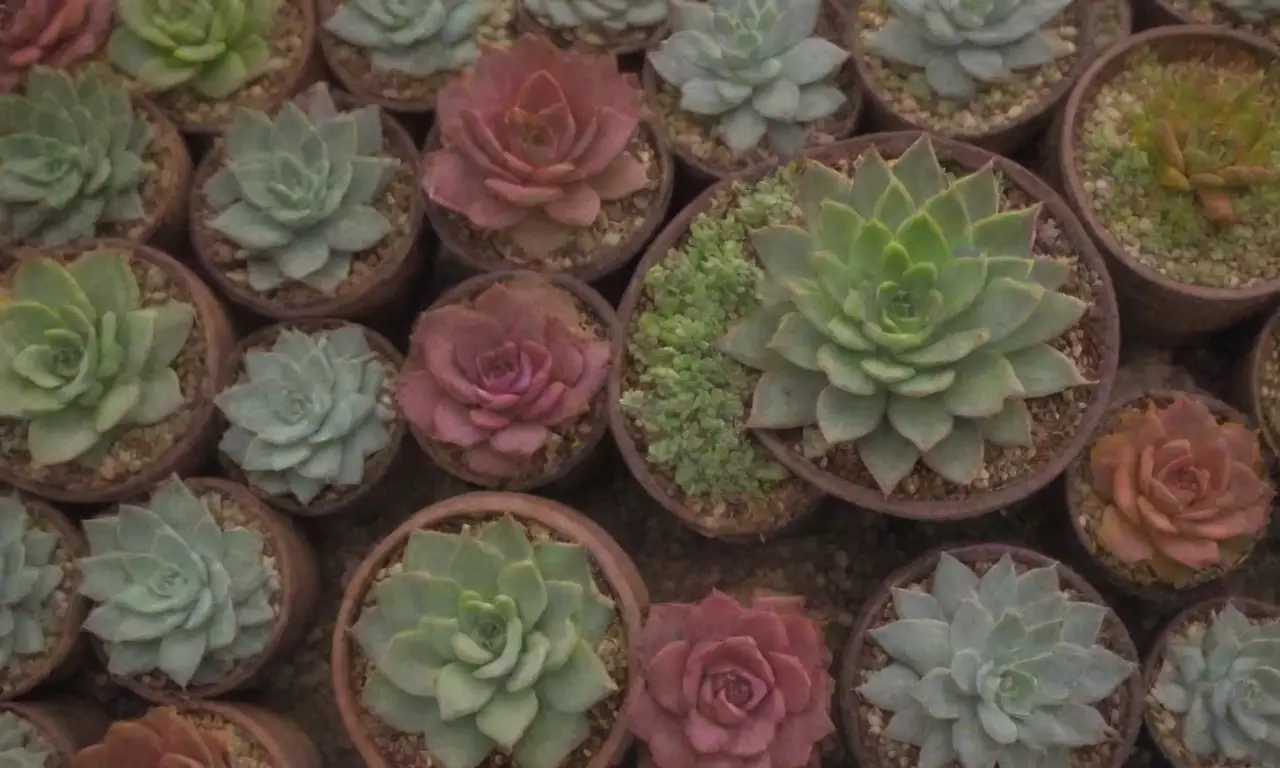
When you're ready to design your mixed material container with succulents, there are several practical tips to keep the arrangement thriving. Firstly, always choose the right container size and shape. Succulents require room to grow, so select a pot that's large enough to accommodate their root system. However, be cautious about overly large containers as they may retain moisture longer than desirable, which can lead to root rot.
Secondly, focus on the essential drainage aspect of your container. Ensure that each container has drainage holes at the bottom, especially when using a variety of materials. If you're using a container that lacks holes (like some decorative ceramics), consider inserting a smaller planter with drainage holes inside the larger design. This layering technique offers both visual appeal and the practical benefit of protecting succulent roots from excess moisture.
Soil choice is equally vital in the success of succulent arrangements. Opt for a well-draining potting mix designed specifically for succulents and cacti. You can also make your custom mix by combining regular potting soil with materials like perlite or sand to improve drainage. This mix allows the roots to breathe while retaining a slight moisture level for the plant’s needs. When planting, ensure not to bury the succulent's crown; sitting it above the soil line helps prevent rot.
Color and Texture Combinations
An essential part of curating beautiful mixed material container designs involves selecting the right colors and textures to complement your succulents. When choosing planters, think about how the materials harmonize with the plants. For instance, a rustic wooden planter with a weathered finish can beautifully contrast with the smooth surfaces of popular succulent types, including Sedum or Agave. The additional warmth of wood alongside the cool, serene tones of succulents creates a serene outdoor oasis.
Paying attention to the color palette of your succulents can drastically enhance the overall design. A monochromatic approach can yield a sophisticated result, like white or green succulents placed in a dark terracotta or concrete container. Alternatively, you can create a bold statement with complementary colors. Bright red or pink succulents juxtaposed with a neutral-colored container can create a vibrant focal point in any space.
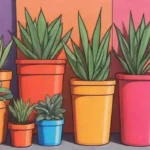 Colorful Potting Choices: How Container Color Affects Succulents
Colorful Potting Choices: How Container Color Affects SucculentsTextures also play a vital role in mixed material designs. Combining smooth and rough textures can lead to visually enticing contrasts. Consider mixing sleek metal pots with textured clay or textured stone that serves as a visual anchor. This layering technique not only emphasizes the unique qualities of the plants but also contributes to an engaging, tactile experience for viewers.
Conclusion
Integrating succulents into mixed material container designs can elevate your gardening game to new heights, giving your outdoor or indoor spaces a unique and vibrant touch. With their low maintenance requirements, diverse varieties, and adaptability to different environments, succulents are an ideal choice for the versatile container gardener. The choice of materials, colors, and textures helps create compositions that reflect your personal style and engage viewers.
By following the practical tips discussed, including container size, drainage consideration, and soil choices, you can ensure that your succulent arrangements thrive and look stunning. Additionally, focusing on the interplay of color and texture allows you to explore the creative side of gardening, resulting in beautiful works of art that can evolve over time.
Ultimately, the harmonious integration of succulents and mixed materials not only serves an aesthetic purpose but also provides a sustainable gardening practice that is incredibly rewarding. Whether you choose to use your designs for personal enjoyment, to beautify your home, or to share with others, the possibilities are limitless. Embrace the joys of gardening, play with your designs, and watch as your creations pulse with life and vibrancy, delighting you for years to come!
If you want to read more articles similar to Integrating Succulents into Mixed Material Container Designs, you can visit the Container Choices category.

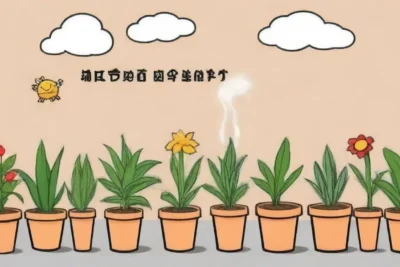
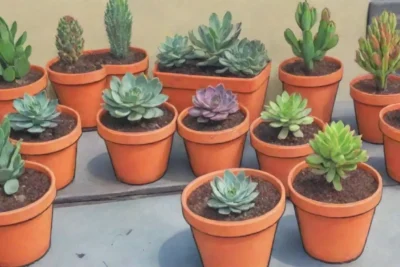
You Must Read